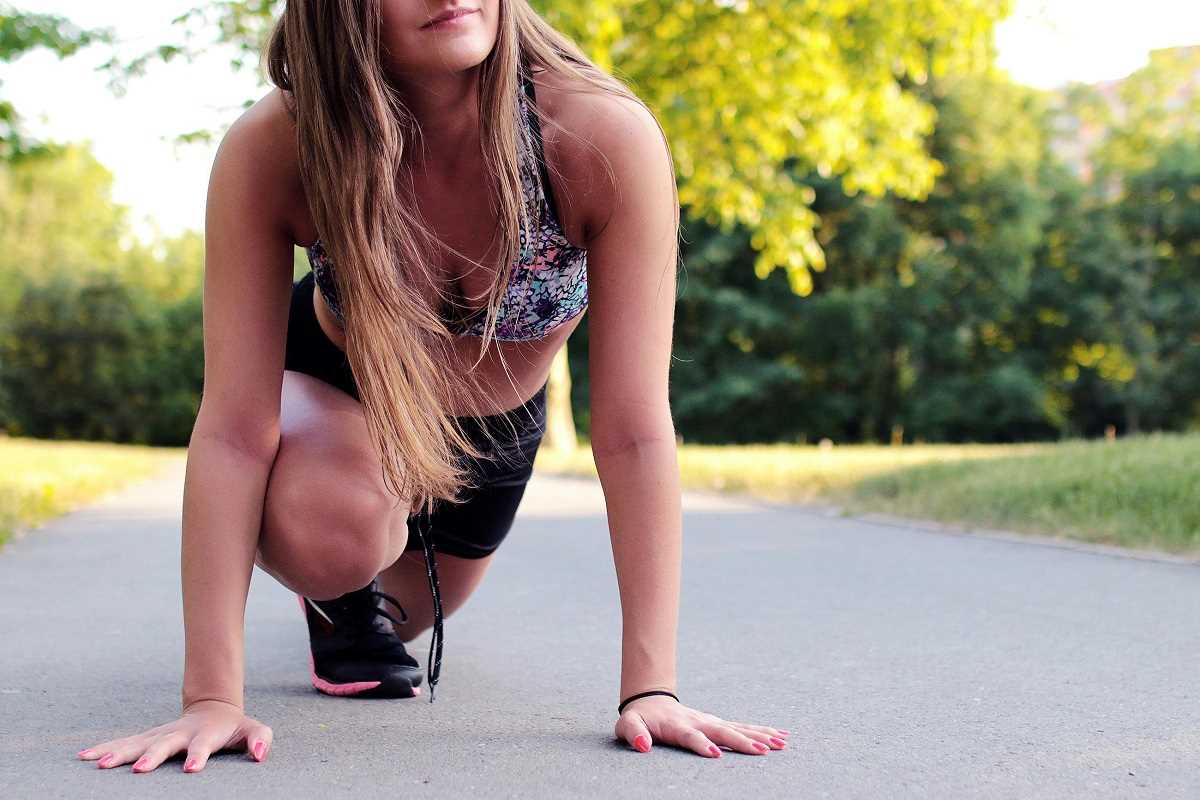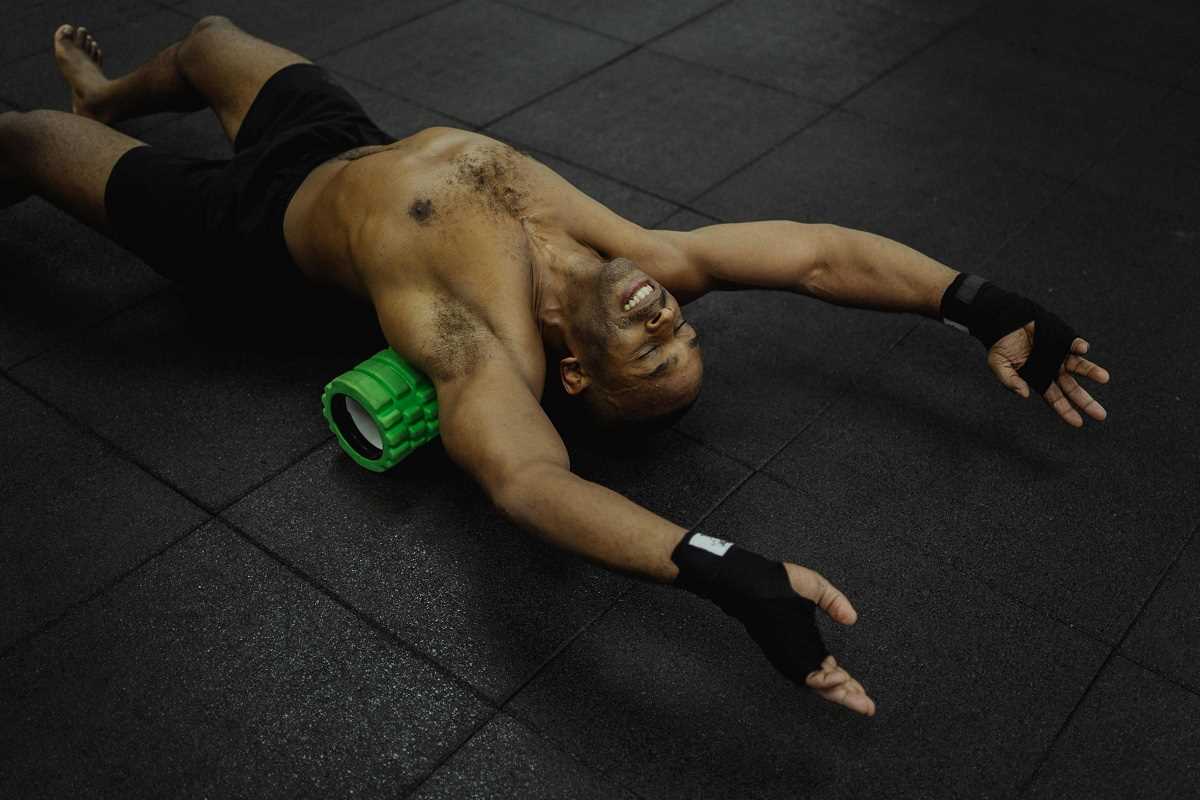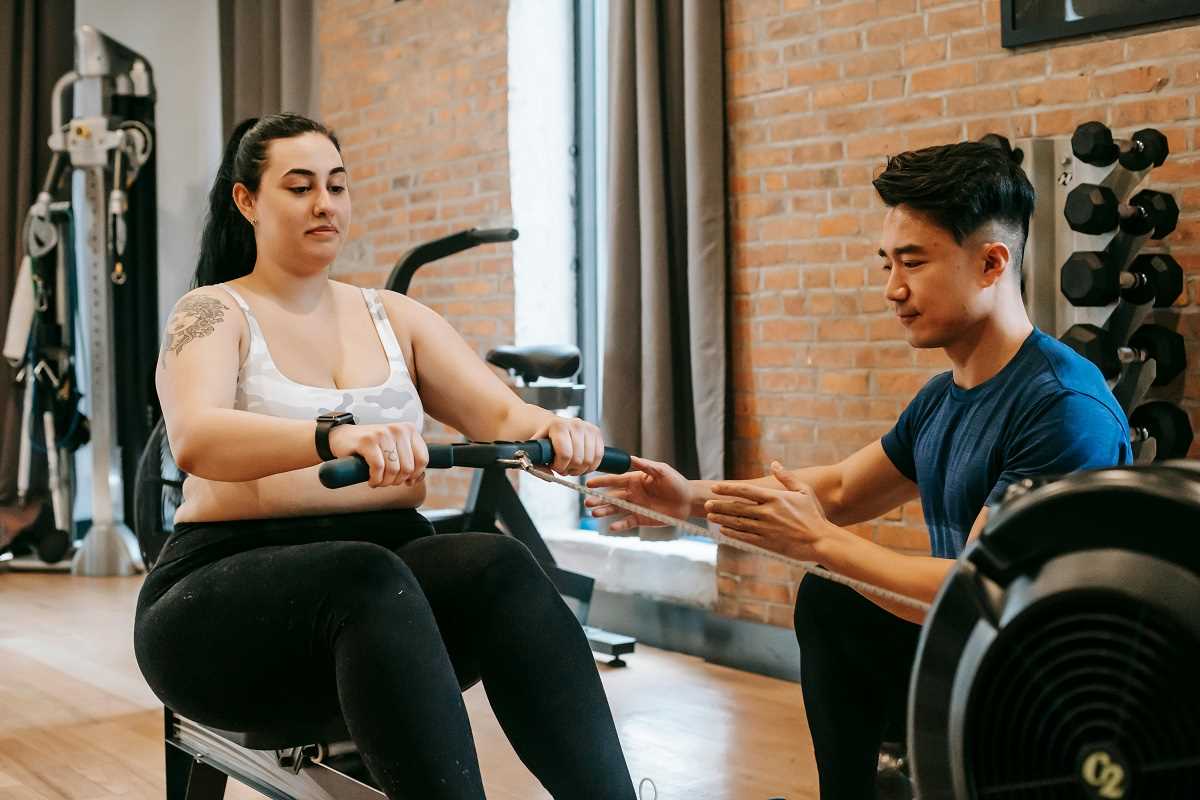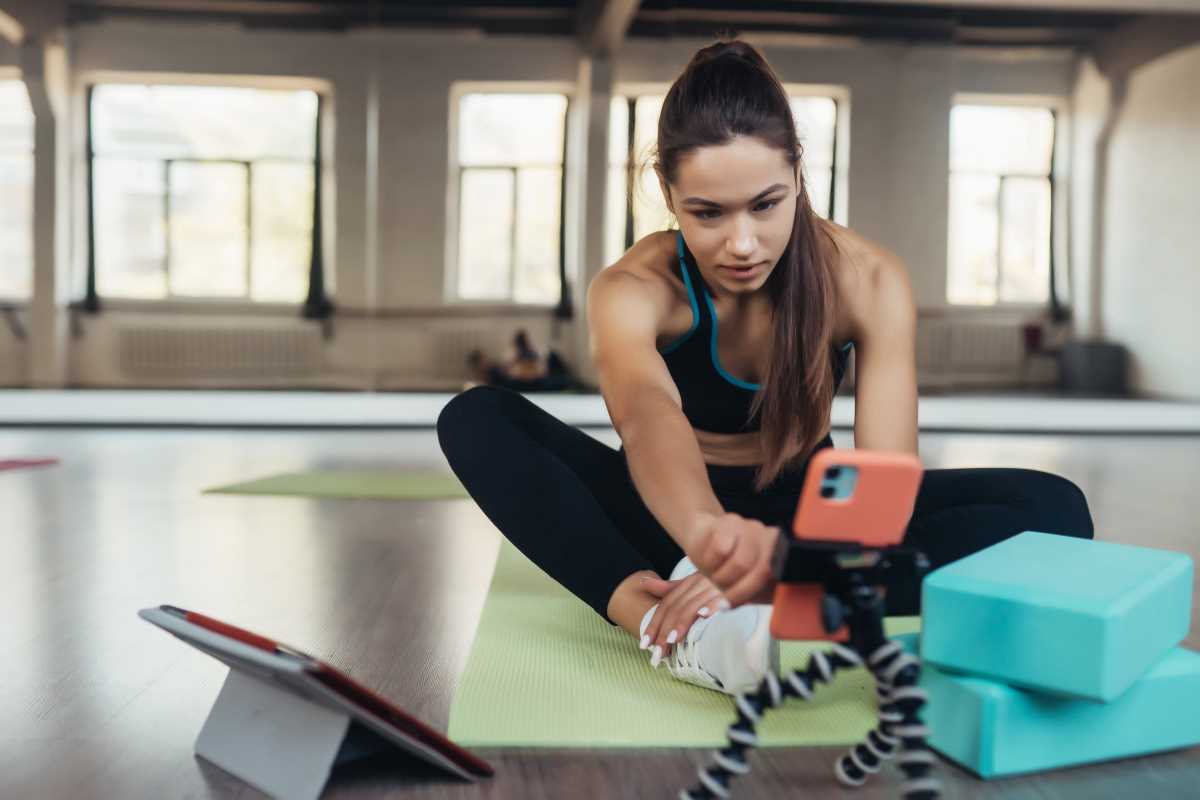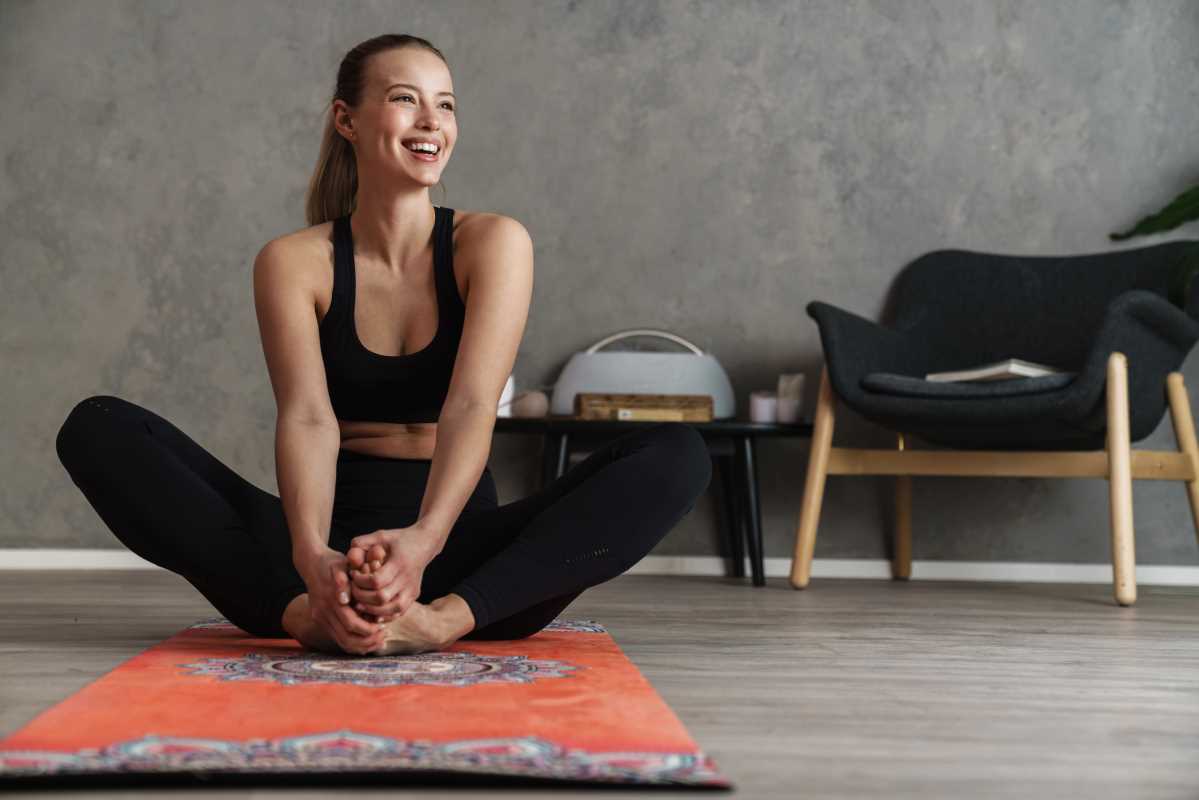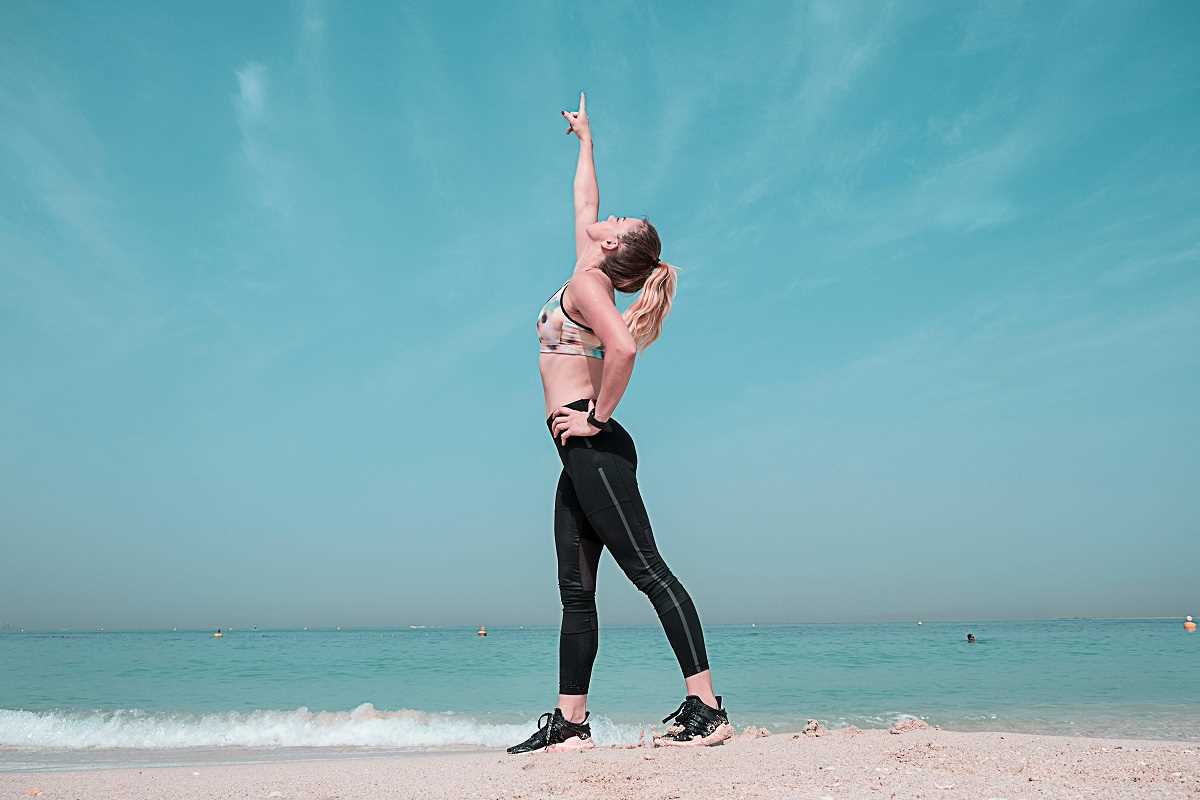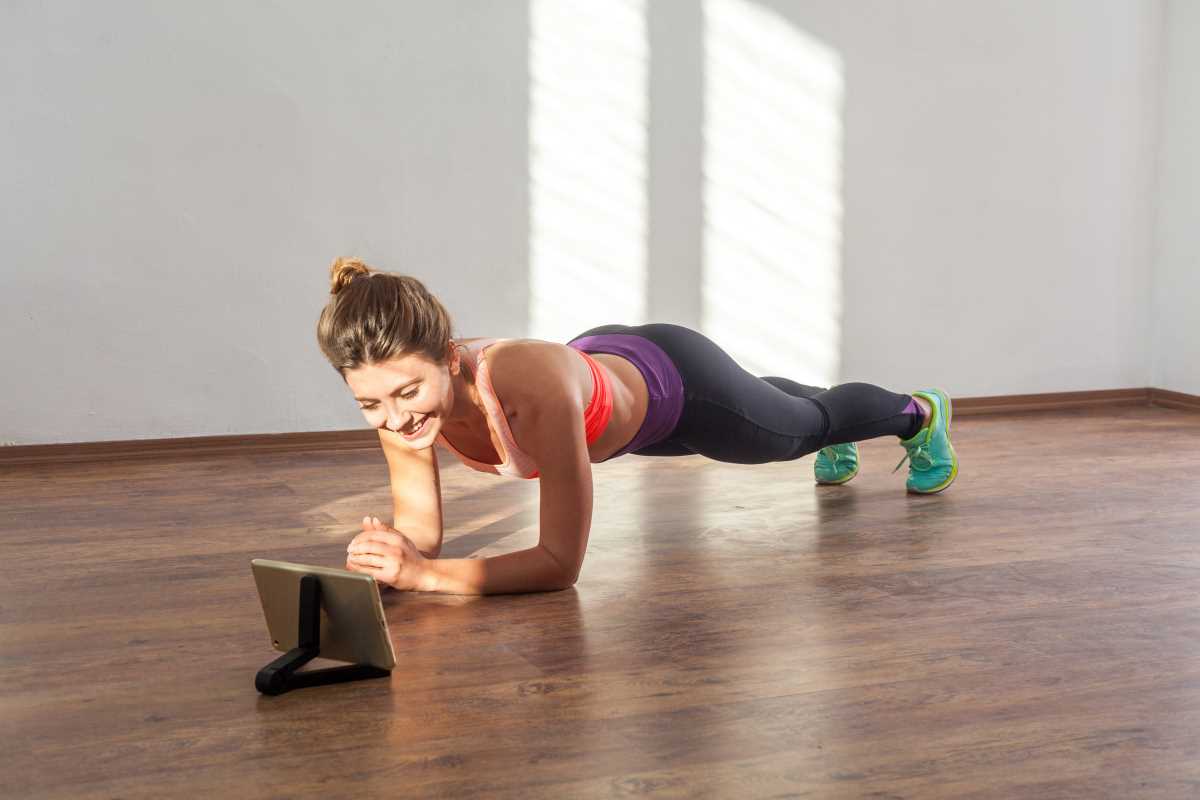Exercise is essential for staying strong, healthy, and energized at every stage of life. But for many, especially those with knee or hip replacements, high-impact workouts can feel daunting, even painful. Low-impact workouts are taking center stage, offering safe, effective ways to stay active without putting undue stress on your joints.Whether you’re looking to ease back into fitness or simply want to nurture a healthier lifestyle, this guide will walk you through the latest low-impact workout trends and how they cater to people of all ages and fitness levels.
The Magic of Low-Impact Workouts
Low-impact exercise refers to movements that reduce strain on weight-bearing joints like your knees, hips, and ankles. Unlike high-impact activities such as running or jumping, low-impact workouts focus on slow, controlled motions, often keeping at least one foot on the ground at all times.
For people who have undergone knee or hip replacements, low-impact exercise helps maintain mobility, improve strength, and rebuild confidence in your physical abilities. It also supports heart health and mental well-being, making it an excellent all-around choice.
Now, let's explore the top low-impact exercise trends making waves today.
Water Workouts Make a Splash
Why Water Is Your Best Friend
Think back to the last time you floated in a pool. Felt light and carefree, didn’t you? That weightless feeling is exactly what makes water workouts so beneficial. Water reduces the strain on your joints by supporting much of your body weight. This allows you to move more freely and comfortably while still giving your muscles a good workout.
Trending Water-Based Exercises
- Aquatic Aerobics: Classes held in pools are an engaging way to boost cardiovascular health while gently working your muscles. The water provides natural resistance, helping you strengthen your body without lifting weights.
- Aqua Yoga: Combine fluid yoga poses with the soothing buoyancy of water. Aqua yoga is perfect for improving balance and flexibility while giving your joints some TLC.
- Swimming: A classic for good reason! Swimming works multiple muscle groups, improves your stamina, and keeps your heart healthy, all while keeping pressure off your joints.
Water workouts are particularly fantastic for people recovering from surgeries, as they provide a safe environment to regain strength and range of motion.
The Rise of Chair Workouts
Pull up a chair and get moving! Chair workouts challenge the notion that you need to be on your feet to stay active.
Why Chair-Based Exercises Are a Game-Changer
Whether you’re dealing with limited mobility or just prefer an extra layer of stability, chair workouts offer a solid foundation. These exercises allow you to strengthen your body from a seated or supported position, making them both accessible and effective.
Popular Chair Exercises
- Seated Resistance Training: Using resistance bands or light weights, you can perform a full-body workout from the comfort of your chair. It’s all about controlled movements that build strength without strain.
- Chair Yoga: This adapted form of yoga focuses on gentle stretches and breathing exercises while you sit, helping to enhance flexibility and reduce stress.
- Chair Cardio: Believe it or not, you can get your heart rate up while sitting! Arm movements, seated marching, and leg lifts keep you moving without putting stress on your joints.
Stretch, Strengthen, and Soothe with Pilates
If you think Pilates is only for dancers, think again. This versatile exercise method is becoming increasingly popular among older adults seeking a low-impact workout with big benefits.
What Makes Pilates Special?
Pilates focuses on core strength, balance, and controlled movements that improve overall stability. Because it’s gentle yet powerful, Pilates carries a very low risk of injury, making it perfect for people with restricted mobility.
New Pilates Trends to Try
- Mat Pilates: Performed on a yoga mat, these exercises use your body weight to strengthen your muscles and improve flexibility.
- Reformer Pilates: This is done on special equipment using springs for added resistance. It’s a fantastic way to work your muscles without overstretching or overloading your joints.
- Virtual Classes: With the rise of home workouts, many Pilates instructors now offer online classes. Join from the comfort of your living room!
Pilates can be tailored to your individual fitness level, making it an especially inclusive workout.
Go with the Flow Using Gentle Yoga
Yoga has long been celebrated for its ability to improve both body and mind. With its steady breathing and intentional poses, gentle yoga offers the added benefit of being incredibly easy on the joints.
Adapting Yoga for Low-Impact Needs
The beauty of yoga is its adaptability.
- Hatha Yoga: A slower-paced form of yoga focusing on basic movements. It’s excellent for beginners or those recovering from surgery.
- Restorative Yoga: A practice that involves holding poses longer with the help of props like blankets and bolsters. It’s less about movement and more about relaxation.
- Chair Yoga (as mentioned earlier): Ideal for individuals with limited mobility, this variant brings yoga to your seat.
Why Yoga Stays in Demand
Yoga improves flexibility, enhances balance, and reduces stress. Plus, many poses help stabilize and strengthen key muscle groups around your knees and hips, giving you greater confidence in everyday movements.
High-Tech Meets Low-Impact
Technology is changing the way we exercise, and low-impact workouts are no exception. From fitness apps to interactive tools, there are now more ways than ever to make fitness fun and engaging.
Virtual Low-Impact Workouts
Platforms like Zoom and YouTube have made it possible to connect with personal trainers, physical therapists, or fitness groups remotely. You can join live classes or access on-demand videos with a variety of low-impact workout options tailored to your needs.
Wearable Tech
Devices like Fitbits or Apple Watches are great for tracking important metrics like steps taken, calories burned, or even time spent moving. Use them to set gentle goals that align with your fitness recovery plan.
AI-Powered Fitness Equipment
Some cutting-edge stationary bikes and treadmills now come with AI technology that automatically adjusts to your fitness level. Pacing and resistance adapt in real-time, ensuring a low-impact experience personalized to you.
Walking Your Way to Wellness
While newer trends get lots of attention, there’s no replacing the classic walk. Regular walking is one of the simplest and most effective low-impact workouts out there. Whether you’re strolling through your neighborhood or hitting a local trail, walking builds strength, improves mood, and works wonders for cardiovascular health.
If you want to add a twist, here are some fun ways to make walking even more engaging:
- Nordic Walking: Using poles reduces strain on your joints while working your upper body.
- Group Walks: Walking with friends, family, or a local club adds a social element to your exercise.
- Walking Apps: Apps like StepBet or Charity Miles reward you for walking by turning your steps into prizes or donations!
Tips for Building Your Low-Impact Routine
If you’re new to low-impact workouts or readjusting after a surgery, here are a few tips to make your routine feel both safe and effective:
- Start Slow: Begin with shorter sessions and lower intensity. Gradually increase as your confidence and strength improve.
- Mix It Up: Vary your workouts to keep things interesting. A mix of water aerobics, chair yoga, and walking can work wonders!
- Listen to Your Body: Stay mindful of how you feel during and after exercise. Rest when needed, and don’t push through discomfort.
- Consult a Professional: Physical therapists or trainers can provide personalized guidance tailored to your needs.
- Stay Consistent: The key to success is persistence. Even small, regular movements can lead to big improvements over time.
Low-impact workouts are proof that you don’t have to push your body to its limit to feel strong, healthy, and vibrant. By choosing exercises that support your joints and suit your personal fitness goals, you can rediscover the joy in movement at any age or stage of life.
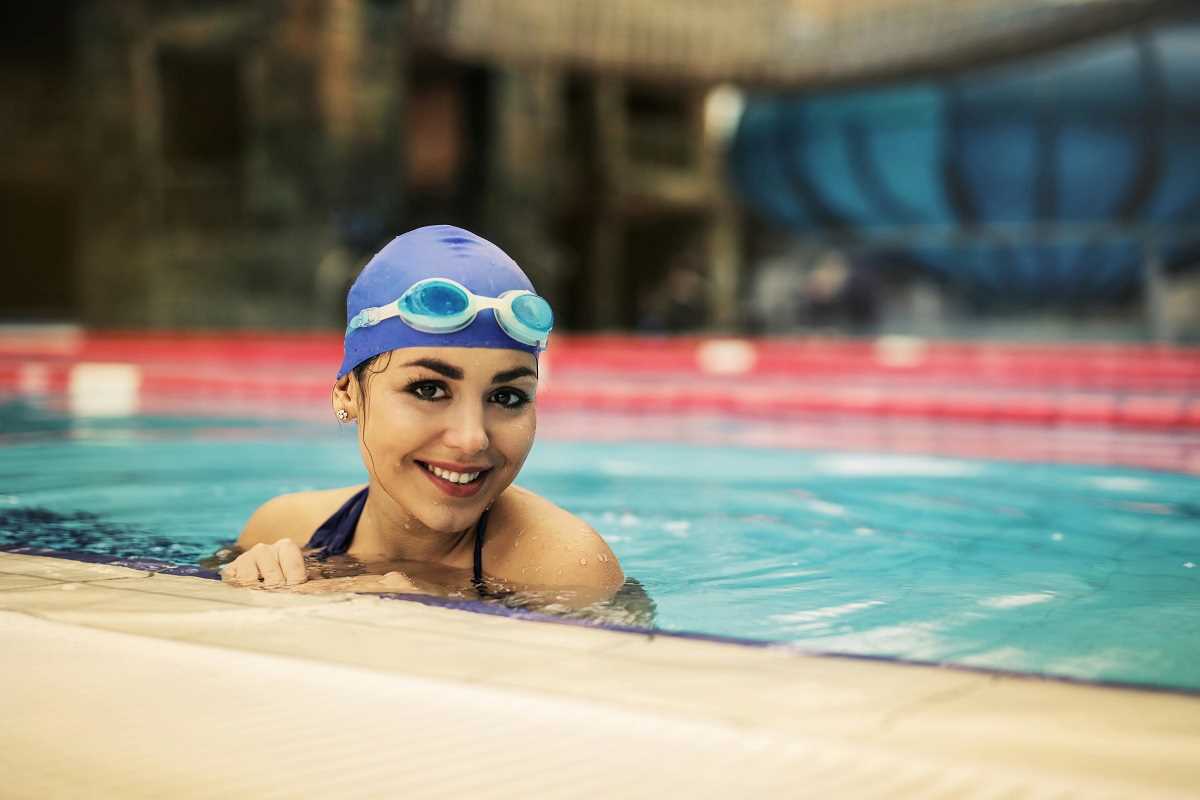 (Image via
(Image via